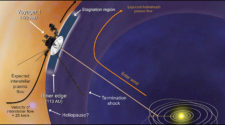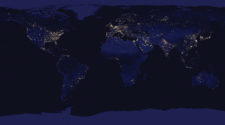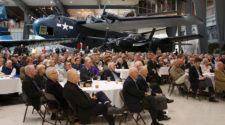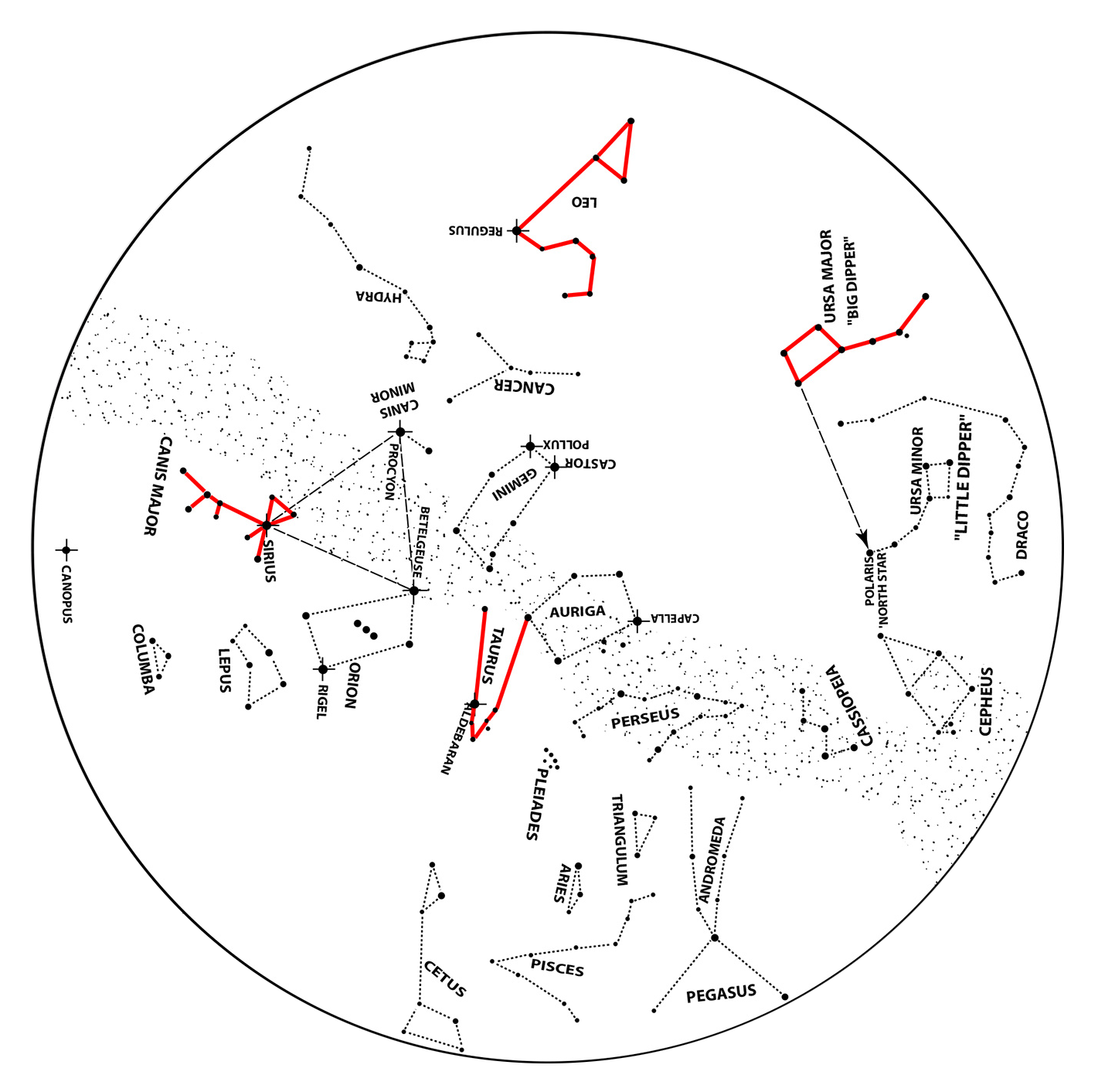
Everyone at some time in their lives must have looked up at the stars in awe at the vastness of our home galaxy and the universe. This is the first step in your journey in the amazing world of astronomy.
I am writing this series of articles as I found it very difficult to work out what equipment I needed and more importantly what I could realistically expect to see. Starting from scratch I will take you on a magical journey into Astronomy avoiding some of the common pitfalls and issues faced by newcomers to the science.
When you look at all the images on the Internet and in magazines you see all these wonderful and colorful images of planets, stars, nebulas and galaxies and expect to be able to see these yourself. This is very unlikely to happen, but there a wealth of amazing things that you can achieve with just a little money and a lot of patience.
Now your first instinct may be to scan the Internet or local adverts to buy a telescope. Stop right there! This is the first mistake people make. I will cover buying your first telescope in a later article, but for now lets look at other Astronomy options available costing little to nothing which will get you started in the right direction.
Terminology
As with most things in life there is a whole dictionary of terminology and TLAs (Three Letter Acronyms) to learn for astronomy. If you bear with me I will explain them as we come across them, and have a lookup table or panel with each article.
Learning the Stellar Constellations
Indeed there is a lot you can do in astronomy on your own with no financial outlay whatsoever. Simply going to your local library and borrowing a book will help you to gaze into the skies and start learning the constellations. The constellations date from way back over 4,000 year ago. Our ancient relations looked up in the night sky and visualized pattens by drawing lines between prominent stars and associating animals, mythical figures or common artefacts with them.
Learning the constellations is a great grounding for your introduction into Astronomy. With this knowledge you can navigate both the celestial and terrestrial domains. More importantly it will provide the basic knowledge for finding the various wonders of the heavens above. With 88 constellations there are lots to learn. Don’t worry I only know a few but I am learning all the time. Learning to distinguish some of the major constellations will get you on your way and the others will fall into place over time.
Join your Local Astronomy Society
The next thing of value that you can do, and possibly the best possible advice that can be given to a newcomer, is to get in touch with your local Astronomy Society. If you can find an active society you will find that there will be people of all different abilities, and interests, most of who will be happy to share their experiences with you.
Societies hold regular observation evenings and open evenings when members and the general public have access to the various telescopes, binoculars and other equipment. This will allow you to both talk to someone who has experience and also to try some of the equipment out as well.
Naked Eye Observing
There are a number of things that can be observed with the naked eye. The more you learn the more you can see. That of course is not strictly true, the more you learn the more you realize what you are seeing. First start with the brightest things in the sky, the Moon and Planets. There are 6 planets visible, one of which is visible at all times of the day. This is of course Earth, but during the night the other planets can be seen as the brightest ‘stars’ in the sky. The planet Uranus is just possible to see with the naked eye, but you have to be in a very dark location and have good sight so I have not counted it in the visible list.
There are a number of easily observed ‘Deep Space Objects’ that can be seen with the naked eye, but become progressively more interesting with different types of equipment. Among these the two most obvious are Pleiades (a stellar cluster) and the Great Nebula in Orion. To the naked eye these can easily be mistaken for clouds or mist, but after a while you realize that they stay positioned relative to the surrounding stars. With a small telescope or binoculars they appear as faint grey smudges or pinpoint stars. A larger telescope realizes more detail and the Pleiades in particular appear as glowing lights in the sky.
Of course there are some things that are better seen without any equipment, and the foremost of these are meteor showers. Observing meteor showers requires you to have such a wide view of the skies that it makes using a telescope or binoculars pointless. All you need to do is wrap up warmly and lie back on a deckchair gazing at the stars.
Deep Space Objects
Deep Space Objects are known as DSOs and refer to very faint features of the night sky. Generally these will be galaxies, clusters of stars or nebulae.
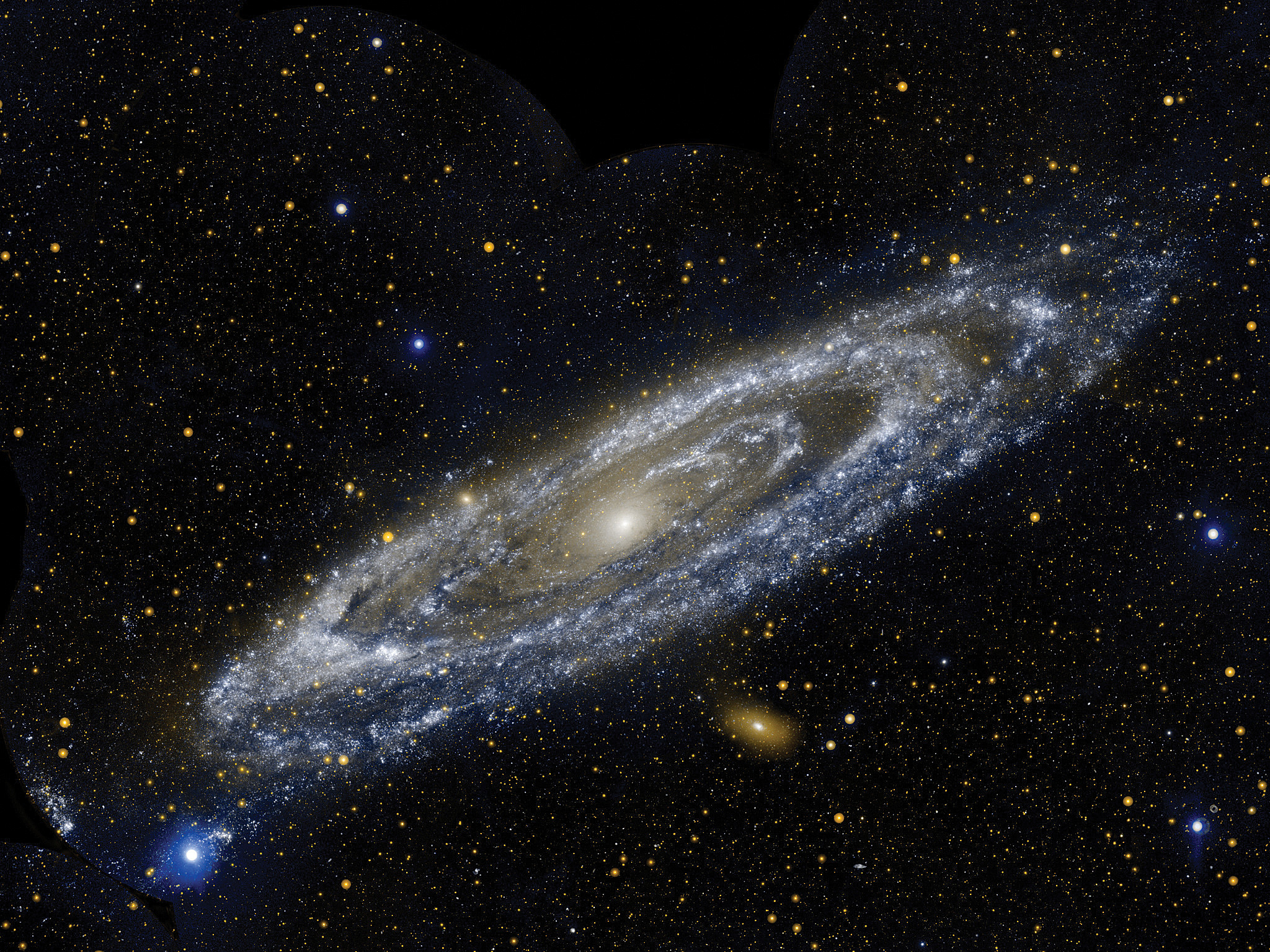
Galaxy
A galaxy is a huge system of stars, planets, gasses and cosmic dust all bound together by gravity. Earth and the Solar System are part of our home galaxy, The Milky Way. The nearest galaxy to ours is the Andromeda Galaxy which is about 2,500,000 light years away.[/one_third]
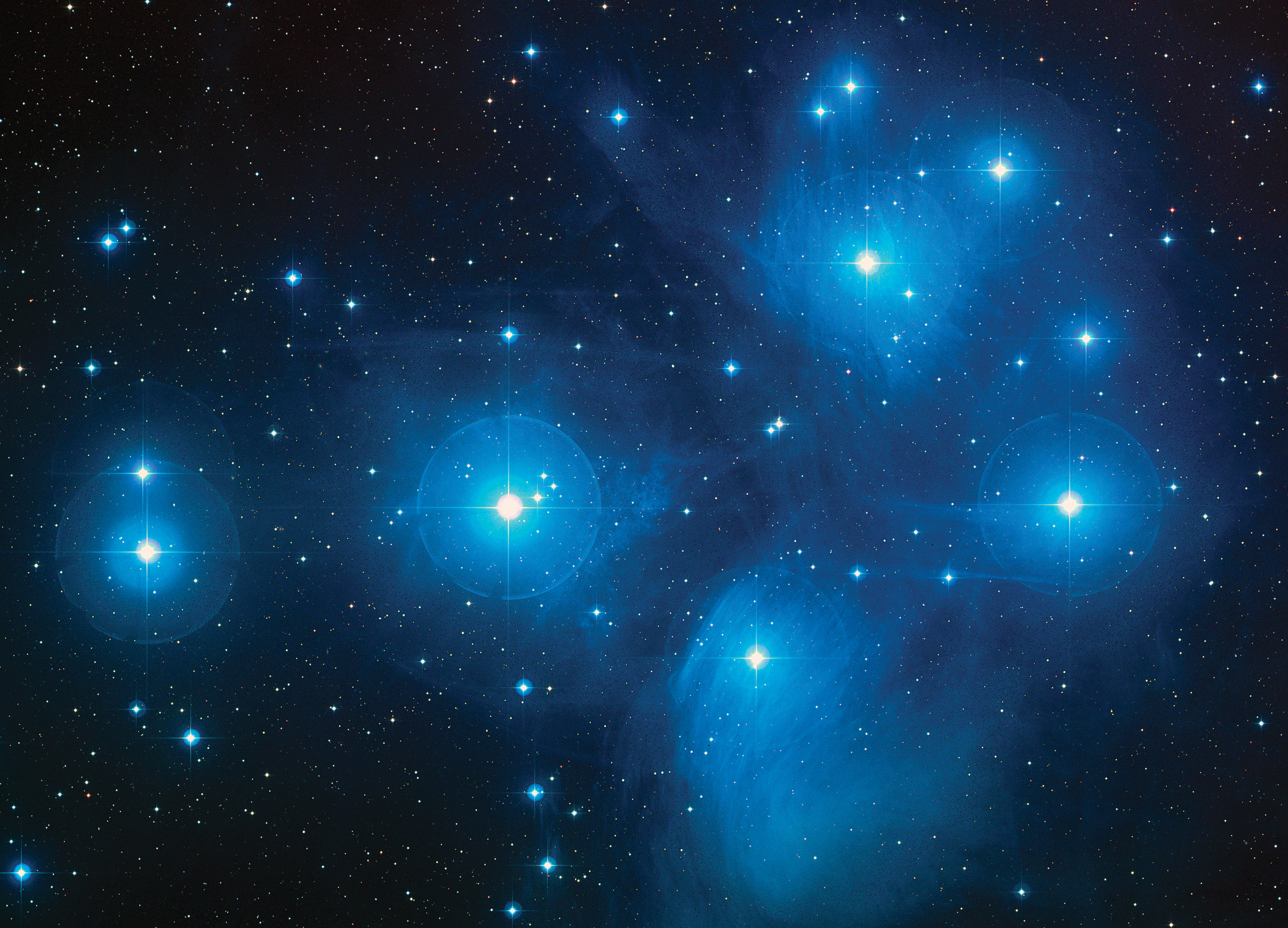
Stellar Clusters
A cluster of stars or open cluster is a group of thousands of stars formed in the same region. These will all be of approximately the same age. A good example of an open cluster is Pleiades which can be seen unaided in the Taurus constellation.[/one_third]
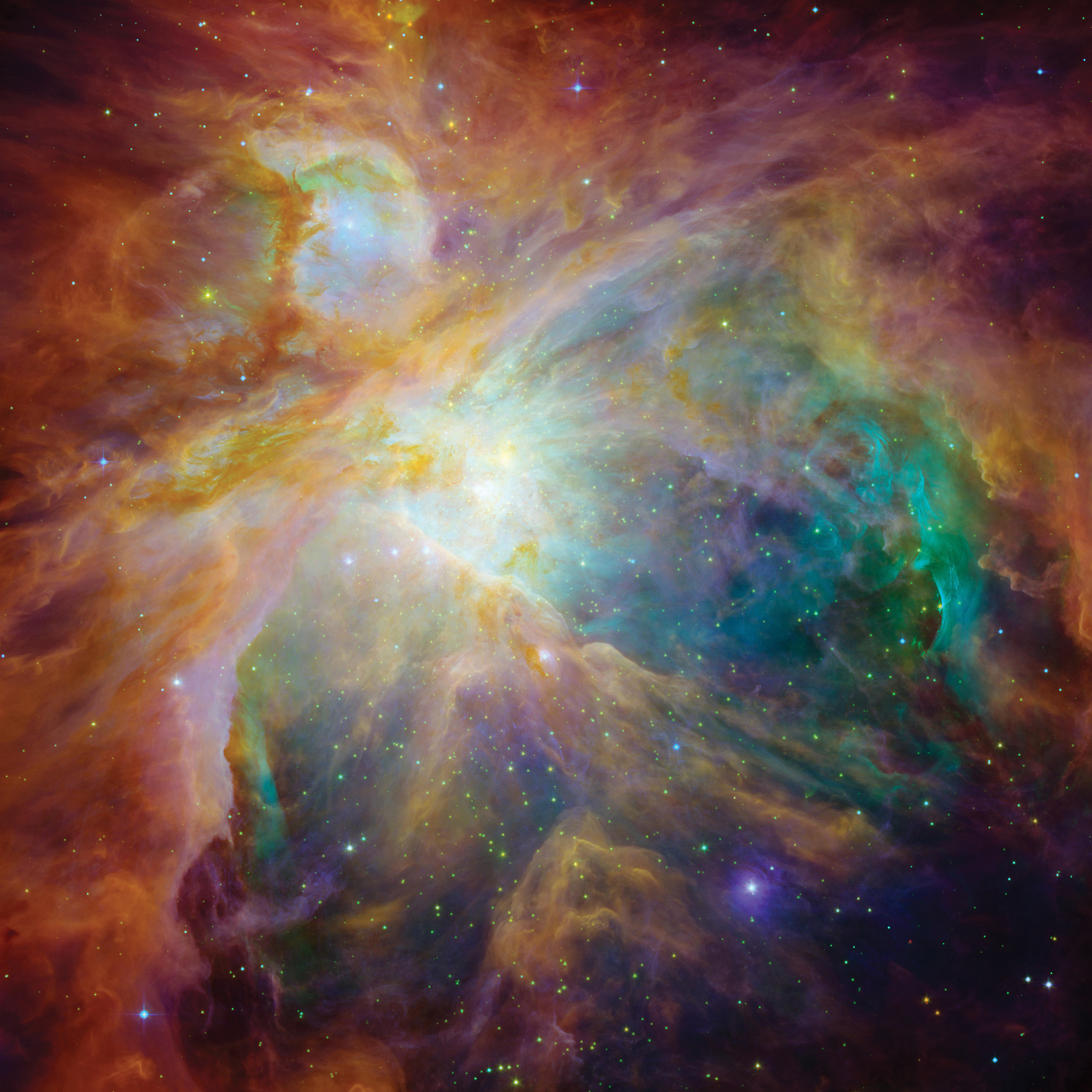
Nebulae
A nebula is an area of space filled with gas and cosmic particles. These are generally areas where stars are formed by the coming together of these particles over the years. Nebulas occupy huge areas of space often spanning many light years. The Great Nebula in Orion is a nebula visible without a telescope.

